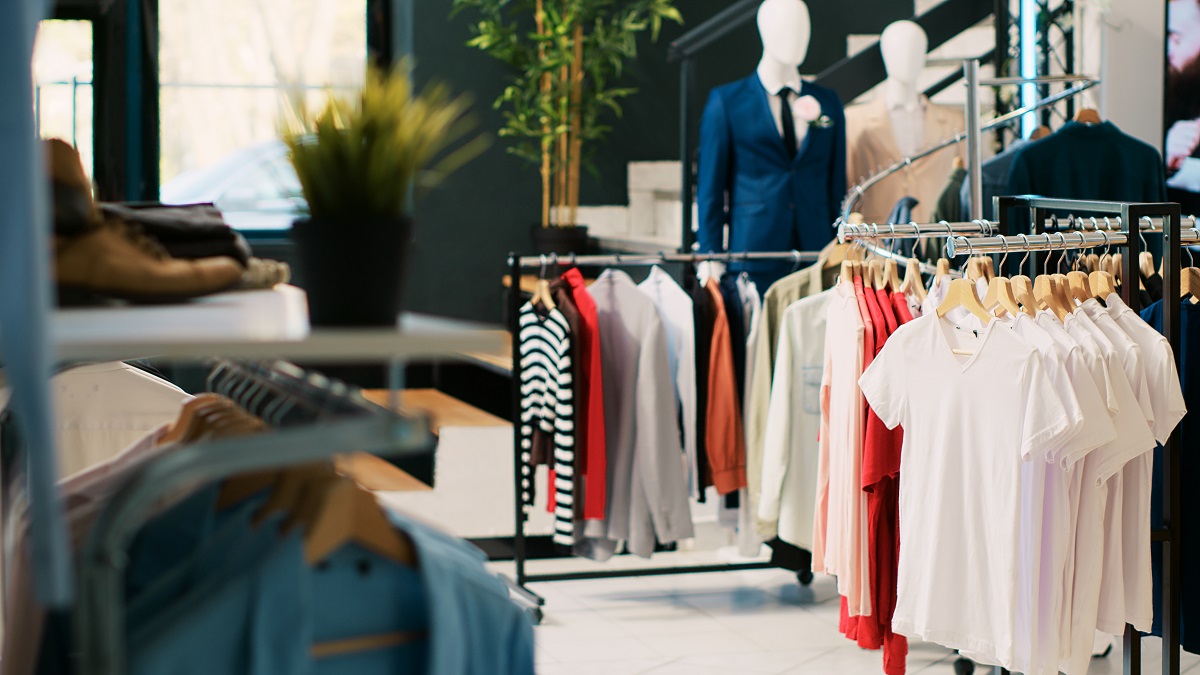
Have you heard about the phenomenon of RFID technology? Are you in retail and wondering how to apply this technology in your business? Here, you’ll find 5 ways that are already revolutionizing the retail industry. By choosing them, you can improve your business’s security, streamline inventory management, and enhance customer satisfaction with their shopping experience. Discover the applications of RFID technology in stores.
Radio communication between tags and the reader allows for scanning multiple objects simultaneously.
Each tag can be reprogrammed multiple times, allowing you to easily adapt it to current needs. Unlike traditional barcodes, RFID technology can be implemented on a large scale in a short amount of time
This system is also less prone to failure and virtually maintenance-free. All of this makes it well-suited for stores selling clothing, electronics, and more.
A major advantage of radio technology is its versatility.
Below, you’ll find examples of how stores use RFID systems and how you, too, can benefit from them in the retail industry.
Inventory in larger stores keeps many employees up at night. If there are thousands of products, errors are easy to make. However, by using RFID, they can perform inventory faster and more accurately.
Your employees can simultaneously scan multiple items. Choosing the appropriate frequency also means they don’t have to approach each item closely, as with barcodes. Employees can scan items without even seeing precisely where the information is being read from.
Thanks to RFID, inventory is much faster, takes less time, and doesn’t require as many employees, which means lower costs for the employer.
Theft of merchandise in stores is one of the causes of business losses and discrepancies in product inventory. With radio communication, you can minimize such incidents.
Tagging products enables them to be detected by the reader built into the gate. Detection works in all directions. It only activates when the reader detects a tag (that hasn’t been deactivated at checkout during purchase), so the gate doesn’t consume electricity continuously.
Modern anti-theft gates can even be equipped with a web application that allows monitoring of statistics such as the number of triggered alarms, the technical status of the gates, and configuration settings.
Currently, gates installed in stores are discreet and do not stand out as they did several years ago, so customers don’t feel like they are ‘under surveillance.
In retail, self-checkout counters are one of the industry’s development trends aimed at improving the User Experience — the quality of experiences from using a particular point of sale’s services.
How do RFID self-checkout counters work? The reader automatically detects that an item from the basket has reached the checkout. Next, the built-in computer calculates the total value of purchases, including discounts and markdowns.
There are at least several advantages to this solution:
Another application of RFID in clothing retail is fitting rooms. Tagging a shirt or pants allows the system to track which items were taken from the shelf, and more. Modern systems register the type and size of clothing or footwear, which is then processed by the system. This enables the LCD display in the fitting room to immediately show the shopper suggestions for complementary collection pieces or information about the availability of alternative sizes.
You can integrate the fitting room system with the store’s software so that an employee receives a notification of a request left by the customer, such as bringing a different size. This type of customer service is very discreet but highly effective.
This is exactly the solution we implemented at the ANSWEAR store and PRM Concept Store.
A customer who struggles to find a desired item for an extended time will sooner or later abandon the purchase and begin to associate the store as one where “nothing can be found.” To reduce this risk, you can implement RFID technology as so-called smart shelving.
Using data stored in the system and tags, your employees can easily identify the location of specific products and guide the customer to them.
It’s worth mentioning that RFID is only one component of smart retail shelves. In a broader context, they also utilize many other technologies, such as:
With RFID, you can make retail more efficient, profitable, and accessible for consumers. The fewer tasks they have to perform between entering and exiting the store, the more likely they are to make a purchase and return in the future.